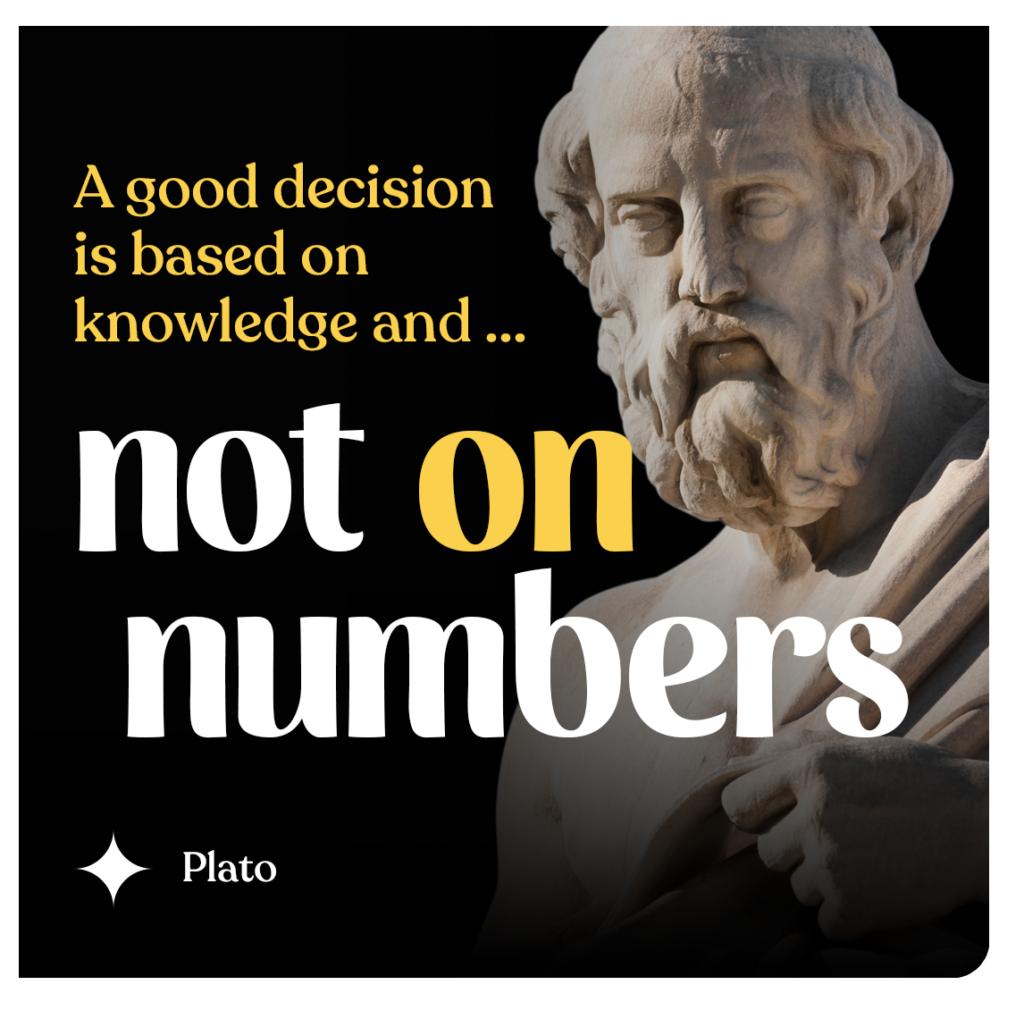
Just Global Shortlisted in Four B2B Drum Award Categories
Just Global has been shortlisted in four B2B categories at the 2025 Drum Awards, recognized for our insight-led, full-funnel work with Palo Alto Networks and OutSystems Cybersecurity. Winners will be announced during the festival this November.




